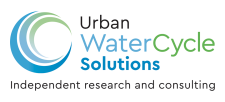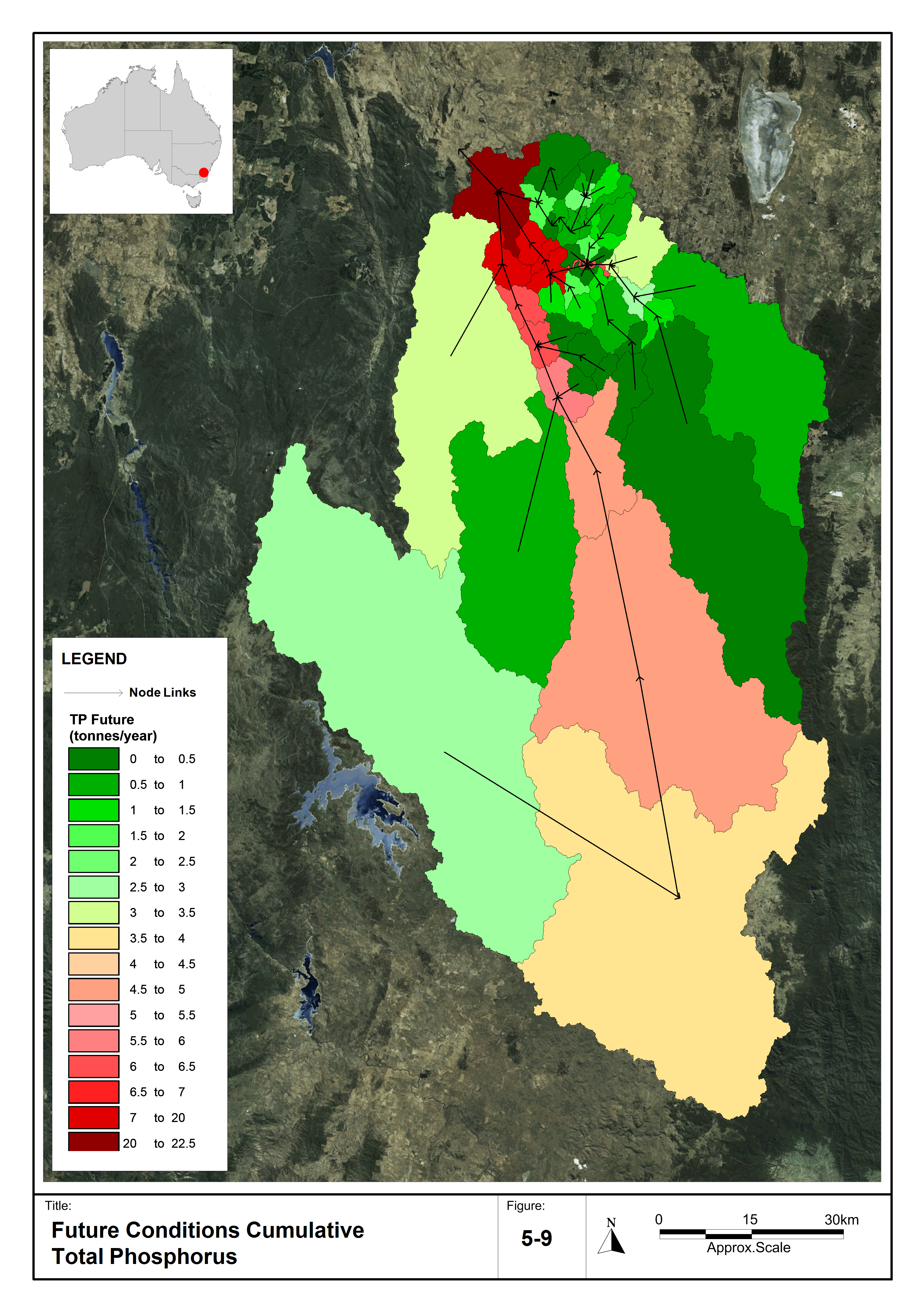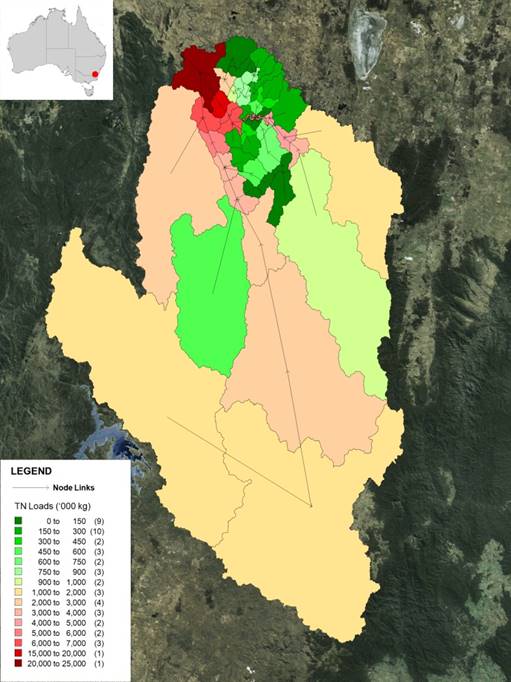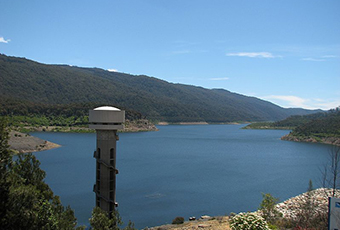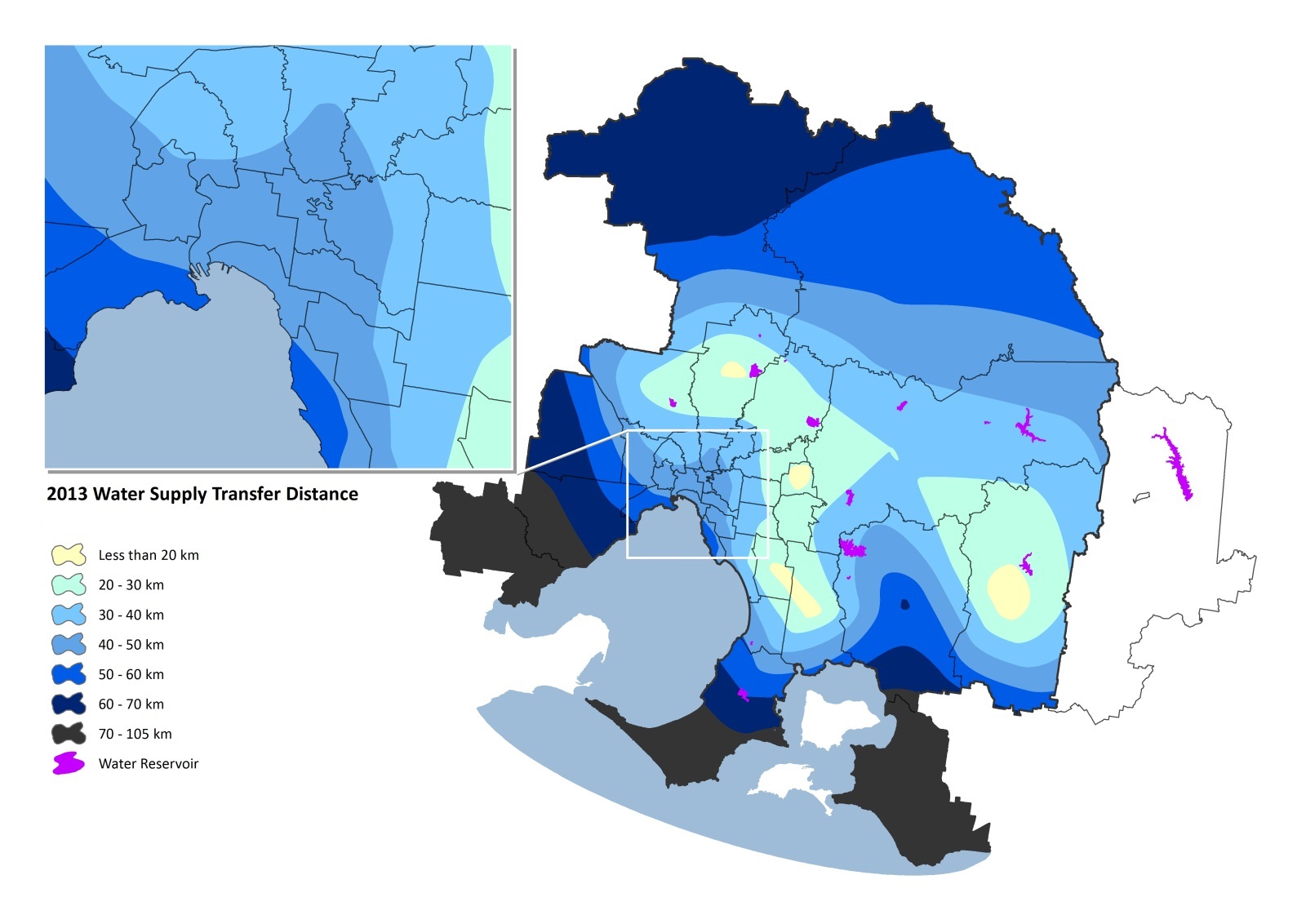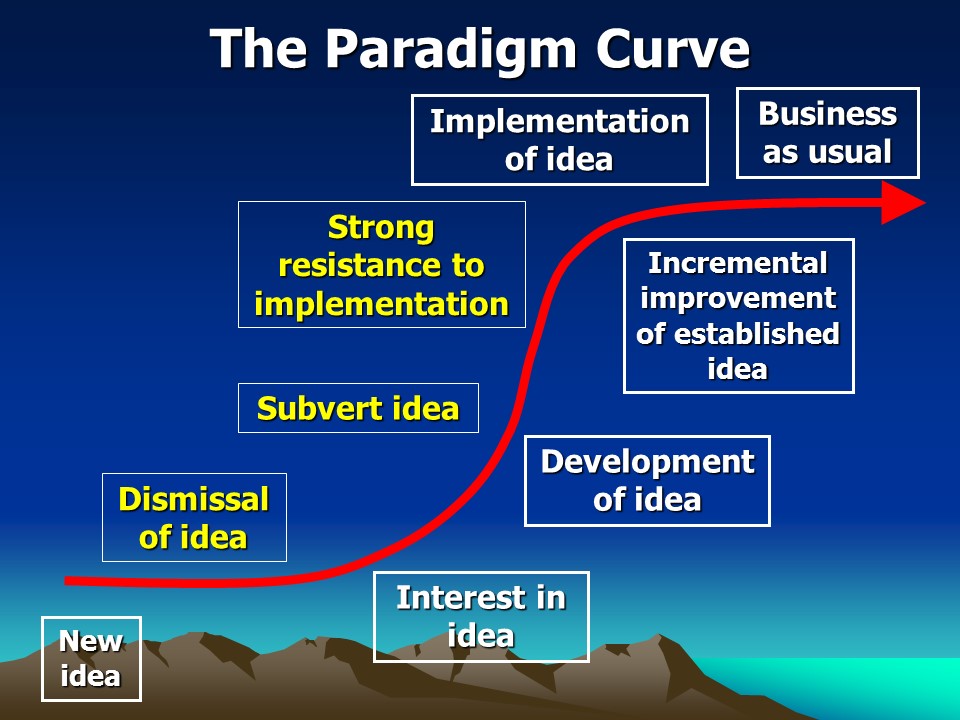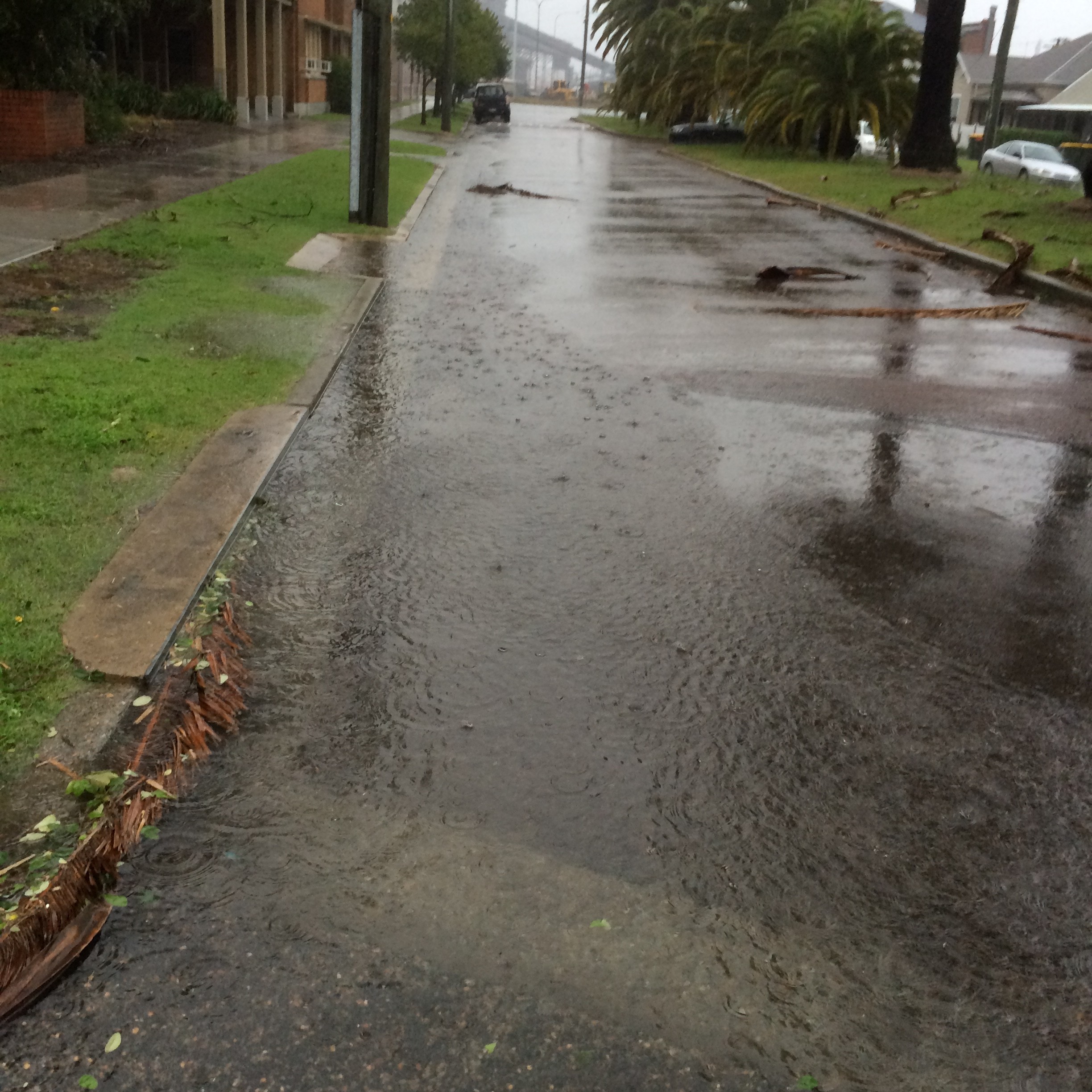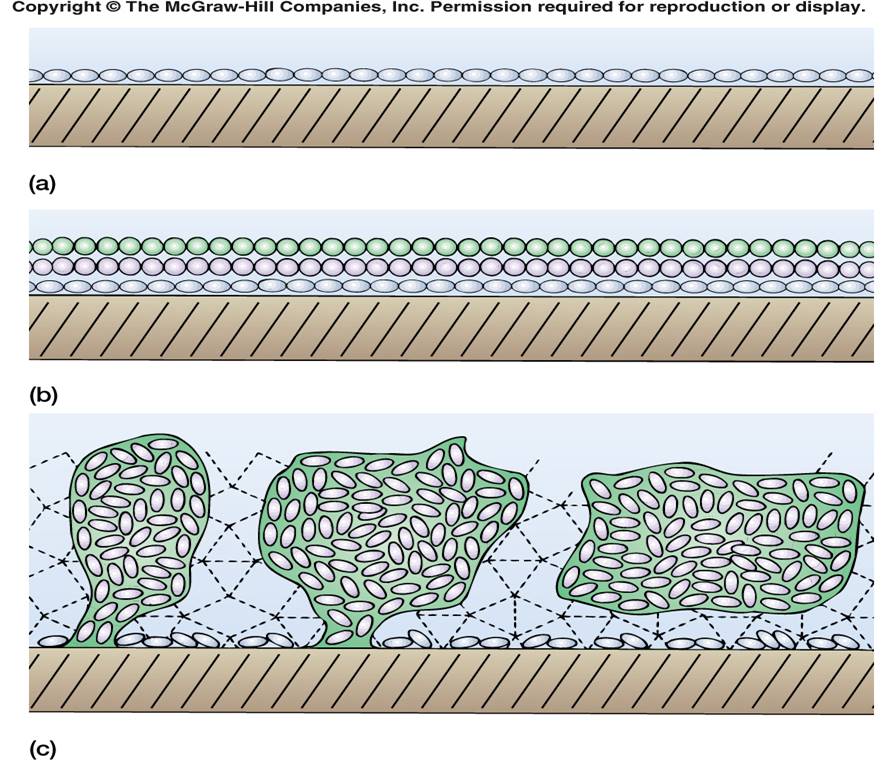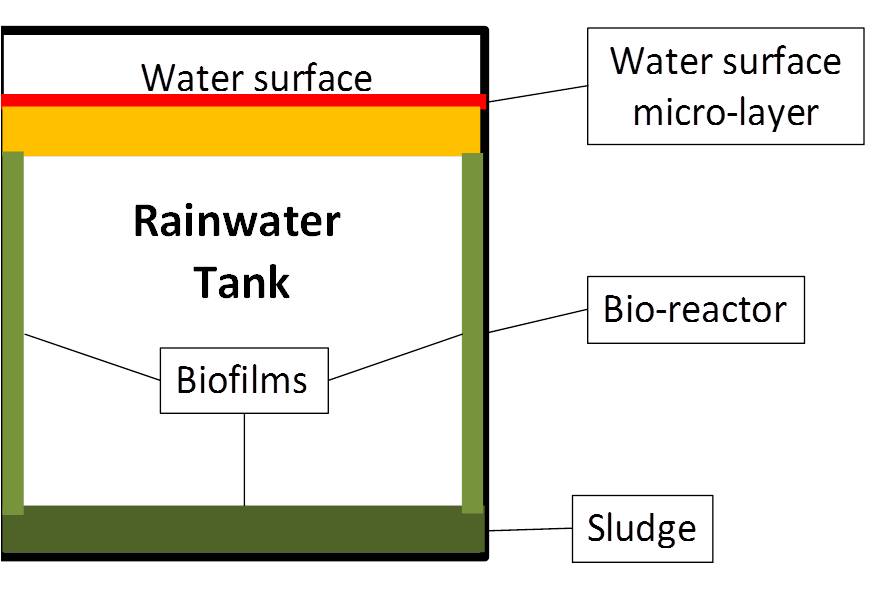This presentation draws on insights from pioneering systems analysis to develop insights for water, environment and planning policies to ensure future liveability and affordability of Australian Cities, involvement in drafting policies and work on the revision of Australian Rainfall and Runoff. Urban settlements subject ongoing temporal and spatial change that is driven by demographic, economic, political, environmental, cultural and social factors. This is a bottom up process. A new paradigm is emerging that is change from complete reliance on centralised options to diverse water management strategies that incorporates linked solutions at many scales. Water management strategies emerging from focus on “lumpy” investments in regional infrastructure. This involves a change in approach from consultants, bureaucracy and authorities with a focus on liveable cities. This involves inclusion of smaller scale options and alternative business models.
Blog
Systems Analysis of Integrated Catchment Management in the ACT region
The authors developed a systems framework for analysis of integrated catchment management in the ACT region including downstream impacts on the Murray Darling Basin. This analysis supported the ACT government business case for integrated catchment management. The ACT government successfully submitted the business case to the Australian Federal government and the supporting analysis was positively reviewed as part of the process.
Systems approach to integrated catchment management for the ACT Region
Systems approach to integrated catchment management for the ACT region. Presentation by Dr Peter Coombes for the Hydrological Society at 5:30 pm on 2 June 2015 in the Frank Fenner Building at Australian National University Canberra. The authors developed a systems framework for analysis of integrated catchment management in the ACT and surrounding regions including downstream impacts on the Murray Darling Basin. This analysis supported the ACT government business case for integrated catchment management. The ACT government successfully submitted the business case to the Australian Federal government and the supporting analysis was positively reviewed as part of the process. The systems analysis highlighted the impacts of cumulative loads of pollutants on regional waterways and catchments. A new policy regime was recommended and the ACT government were awarded $85 million by the Australian Federal government. The systems analysis employed in this study has utilised all available system-wide data to better understand the pollutant dynamics characterising the waterways throughout the ACT and surrounds. A continual and ongoing provision of data throughout this investigation, and the review and negotiation periods required continual enhancements of the systems analysis. Nevertheless this process allowed the robust, verified and deeply analysed findings of this study
Overview of Water Policy Challenges for Victoria
An Overview of Water Policy Challenges for Victoria. Presentation by Dr Peter Coombes at the Association of Consulting Surveyors and the Institution of Surveyors Seminar at 2:30 on Friday 29 May 2015 at Moonee Valley Race Course. This presentation draws on insights from pioneering systems analysis to develop insights for water, environment and planning policies to ensure future liveability and affordability of Australian Cities, involvement in drafting policies and work on the revision of Australian Rainfall and Runoff.
Systems Analysis Underpinning Water Policy
This study employed unique spatially and temporally explicit methods of systems analysis. It was found that alternative water cycle management embedded within existing centralised water cycle networks can offer technically, commercially and environmentally viable strategies.
The analysis was subject to detailed stakeholder and review processes. A hindcasting process was utilised to confirm the accuracy and enhance of the existing Systems Framework. The integrated systems model was used to support an evidence based policy process used by the Victorian Government. The enhanced systems model successfully reproduced the behaviour of regional storages, water demands and wastewater discharges. The spatial robustness of the systems model was verified for generation of water demands and wastewater discharges throughout Greater Melbourne. Costs and greenhouse gas emissions in the systems model were also successfully verified against all available data.
Consensus and Challenge: Essential Fabric of Resilient Society
A recent conversation with Kim Stephens from the Partnership for Water Sustainability in BC has highlighted an eventful parallel journey between Canada and Australia towards a more sustainable and resilient society over the last decade. This conversation resulted in agreement to document reflections on the parallel journey. It has been a journey of different cultures and climates but similar challenges to ensure water supplies and enhance our environment whilst striving for greater inclusiveness throughout society. This first of three articles focuses on insights gained from interactions with Canadian leaders during the period 2001 to 2005.
The Stormwater Resource in Australia: Senate Submission
The Senate of the Australian Parliament has initiated an inquiry into the stormwater resource in Australia. This submission responds to this important issue from the necessary context of the entire water cycle.
This submission discusses the key insights from initiation of water cycle reform and policy development for water cycle management in the jurisdictions of the New South Wales, Victorian and Australian Capital Territory governments.
Policies and strategies for stormwater management are needed in the context of water cycle and planning systems. It is essential to frame evidence based policy from the “bottom up” using all available data and integrating all available spatial and temporal scales of behaviour. New policy frameworks are required to integrate rainwater and stormwater harvesting, soil profiles, vegetation, land uses and waterways in town planning processes.
Transitioning stormwater drainage into urban water management
Keynote presentation at the Stormwater Victoria conference at 9:10 am on Wednesday 6 May 2015. Urban stormwater management is described in Australian Rainfall and Runoff (ARR) as the hydraulic design of urban drainage. The current approach to urban drainage is based on conveyance of stormwater runoff to meet minor and major design objectives to mitigate nuisance, and to avoid damage to property and loss of life. This presentation discusses the need to integrate evolving approaches to urban water cycle management into guidelines for urban stormwater management.
Water Quality in Rainwater Tanks – Microbiology
Longitudinal sampling from rainwater tanks throughout Australia was employed to analyse the microbial ecosystems in water supplies. Epidemiological research indicates that drinking rainwater does not create averse health impacts. The concept that domestic rainwater storage tanks may host sustainable microbial ecosystems that improve water quality has not previously been addressed. The bacterial diversity, cultivated from more than 80 samples from 22 tanks at various locations across eastern Australia, is presented as evidence of potential operation of a functional micro-ecology within rainwater storage systems. In combination with low abundance of bacteria associated with faecal contamination, the results indicate high quality water and beneficial ecosystem processes. A recent presentation to the RHAA on water quality processes in rainwater harvesting systems is also provided.
Water Quality in Rainwater Tanks and Mains Water – elements
Longitudinal sampling from rainwater tanks and mains water throughout Australia was utilised to analyse the metal and elements in water supplies. A majority of analysed samples were compliant with Australian Drinking Water Guideline values for metal and elements, although 12% of samples exceeded guideline values for one or more element. However, repeated non-compliance with guidelines was rare.
